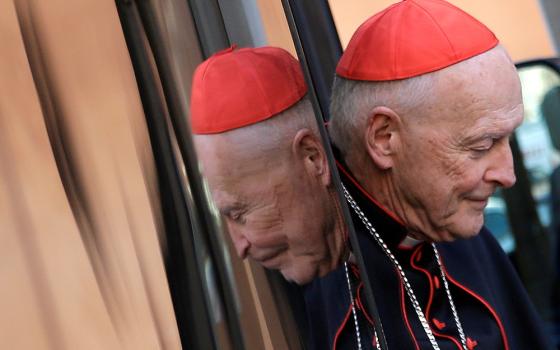
(Unsplash/Natalie Grainger)
In the Bible, the Book of Wisdom, or better known as the Wisdom of Solomon, is one of the seven deuterocanonical books of the Old Testament. In Roman Catholic, Greek Orthodox and Russian Orthodox churches, the book is considered canonical. In the Anglican and Protestant churches, the book appears among the apocrypha and was part of the Greek version of the Old Testament but not part of the Hebrew Bible. In Judaism, the Wisdom of Solomon is also not included in the Hebrew Bible.
Heavily influenced by Stoicism and Hellenism, this book, as well as other wisdom writings, sought to shed light on a wide range of viewpoints expressing the multifaceted religious, social and psychological struggles of a covenant community under foreign domination. Much of the content tries to deal with how to cope with life, especially those experiences we do not understand. One rather incomprehensible topic that the Book of Wisdom tries to offer "wisdom" on is death.
When the unexpected death of a loved one occurs, or even more tragic, the untimely death of a child, the one left to grieve sometimes cries out, "Why, God, why have you taken my loved one, my child from me?" "Why did you let them die?" "Why were they stricken with a deadly disease?" These questions were, no doubt, also asked by the biblical people as well.
Today's reading from Wisdom tries to provide some consolation and theological teaching in response to these heart-wrenching questions: Neither pain, suffering nor death originate with the divine. The Holy One desires life for all creation, and not just earthly life, but also immortal life. Only in the Book of Wisdom do we hear that the divine, imperishable, immortal Spirit is in all things (Wisdom 12:1). Death is part of earthly, material existence, and in the Christian belief system, death is not the final experience; it is merely a passage into deeper life as attested to by the good news proclaimed in the Gospel of Mark.
Today's Gospel features the story of a young 12-year-old girl whose father is heartbroken over his dying child. At the midpoint of the narrative, the child dies. What Jairus, a synagogue official, wants more than anything else in this world is for his daughter to be healed through the laying on of hands by Jesus.
The act of the laying on of hands as it relates to healing occurs numerous times in the New Testament. Interpretations of this gesture associate it with the transfer of power for physical and spiritual wholeness. In light of quantum physics, however, the transference of power is better understood as the transference of energy.
Advertisement
In holistic medicine, the transference of energy and the laying on of hands is connected to the alignment of the seven chakras, i.e., the root, sacral, solar plexus, heart, throat, third eye, and crown. This alignment creates a balance that can be restorative and healing not only for the physical body but also for all of the inner faculties. Thus, what occurs in the little girl's healing is a transfer of power, specifically, a transfer of energy flowing from the life and spirit of the divine one whose power works through Christ and the healing hands of touch.
In the area of spirituality, this alignment of the chakras and the laying on of hands are common practices among those who subscribe to Reiki. A Japanese spiritual practice of natural healing, Reiki came into prominence through Mikao Usui who founded the Usui system of natural healing. Reiki is administered through the laying on of hands which releases life force energy flow. People have practiced it for about 2,500 years. Reiki is not a cure; it is a practice of holistic healing. One comprehensive study on this topic is Hands of Light: A Guide to Healing Through the Human Energy Field by Barbara Ann Brennan. The little girl restored to life in the Markan Gospel narrative does not experience a cure; she experiences a transformation from death back to life. Thus, death is never the final word. Life is the ultimate desire of the divine as we have heard in the Book of Wisdom and which we now see in Christ's healing touch upon the little girl.
Complementing the laying on of hands and the experience of energy transference is the gift of faith. In the Gospel narrative, healing involves not only a physical deed but also a belief in the power of the divine to heal. To be spiritually in touch with the divine energy source at the heart of all life and to believe in this divine energy as a force and source for transformative healing is key to the healing and renewal of all life on the planet. In sum, the teaching offered in the Book of Wisdom and the renewed life of a little girl in the Gospel gives hope to a languishing world.






